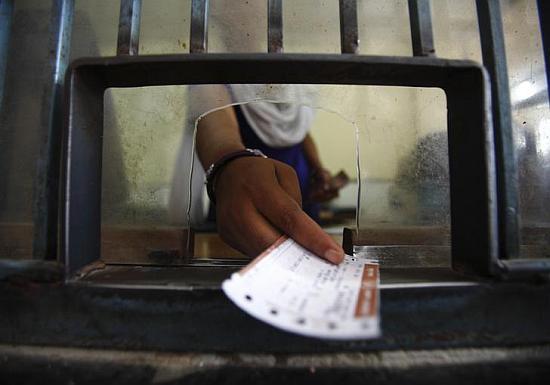
In a market-driven economy, a statutory regulatory authority to determine tariffs on objective economic criteria, ensure free competition and remove barriers to entry and exit through an appropriate policy framework is essential.
If it has to retain its pre-eminent position in the national transport infrastructure, the Railways has to adapt itself to the market forces unleashed by the macro-economic policy initiatives launched since the early nineties.
The concept is not new to the Railways and, even before Independence, the Railway Board was discharging this function in relation to the private and state-owned railway companies operating in the country.
The Indian Railway Act, 1890, which remained in force for almost a century after its enactment, had adopted the spirit of the Carrier's Act, 1865 by accepting the carrier's liability across the rail network in India.
Under the Indian Railway Board Act, 1905, the tariff regulation function was assigned to the Railway Board.
In its capacity as a "regulator", the Railway Board was fixing "maxima" and "minima" rates, and within this band, the Railway administrations were free to fix their tariffs.
The rationale for fixing "maxima" rates was to basically protect the interests of rail users from a monopolistic service provider, whereas "minima" rates were fixed to ensure that the service providers did not engage each other in destructive competitive activity that could affect their financial viability.
...
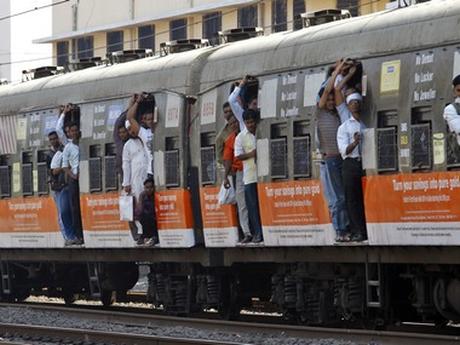
The consumer's interests were safeguarded by setting up the Railway Rates Tribunal, which had jurisdiction to go into rating issues vis-a-vis the railway administrations and prevent undue discrimination or unreasonableness in quotation of tariffs.
By a Separation Convention in 1924, on the basis of the Ackworth Commission Report, railway finances were separated from the general finances of the government.
This commission had been set up when it was realised that the growth and development of the Railways, which was essentially a commercial activity, required a greater measure of autonomy than was available in the government's bureaucratic departmental management system.
Soon after Independence, the restructuring and consolidation of both private and public rail networks were undertaken, and the total rail network in India was nationalised and brought under seven zonal railway systems (later increased to nine).
The Railway Board, which was originally set up to regulate the private and state rail networks under the Railway Board Act, 1905, was now converted into a policy formulation agency on behalf of the government - a regulator of tariffs, while also managing the operations of this nationalised rail entity.
Thus, the roles of policy, regulatory and management functions in relation to the Railways were concentrated in the Railway Board, or the railway ministry.
...
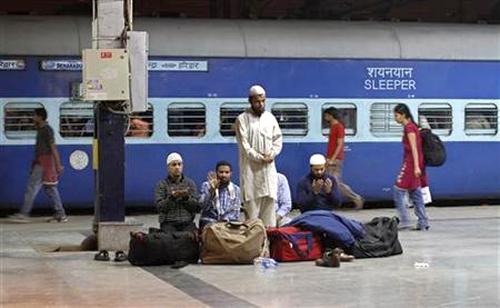
On the matter of rate fixation, the tariff structure based on the classification of commodities by class rates fixed by the Railway Board/the Central government was introduced, and all discretion available to the zonal railway administrations to quote their own specific rates was withdrawn.
Even specific station-to-station rates could be quoted with the concurrence of the Railway Board.
As the competition from other modes of transport intensified, a review of the Railway Act, 1879 was undertaken and the amended Act of 1989 came into force, which made two important modifications in the area of tariff fixation:
Instead of fixing only "maxima" and "minima" rates, the Central government was now empowered to fix rates directly, and specific powers were conferred on zonal railway administrations to quote contractual "lump sum" rates outside the purview of class rates without reference to the Central government.
Fixing lump sum rates was also kept outside the purview of the Railway Rates Tribunal.
In exercise of these powers, the Railways has quoted lump sum tariffs for intermodal containers at a flat rate per container per km, irrespective of the commodities carried (known as the Freight All Kinds or FAK rate).
Under the same legislation, chartering of trains by a consortium of freight forwarders would also be possible.
...
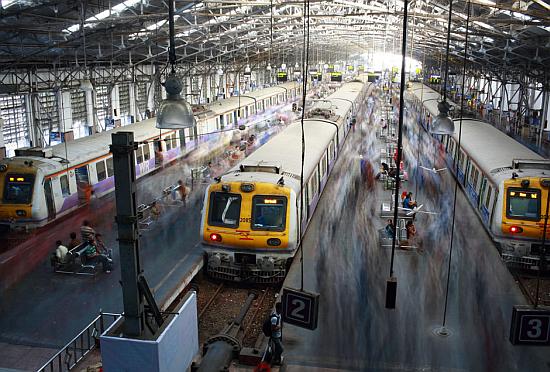
Today, when most service organisations in the country have had to dismantle or reinvent structures that were relevant to a "command" economy and replace them with those that facilitate the emergence of a market-oriented economic regime, the Railways cannot be an exception.
The unbundling of power utilities along with an independent regulatory authority, and the opening of telecom to private operators with an appropriate regulatory mechanism are some of the responses to these critical infrastructure industries with extremely beneficial outcomes.
Today, the Railways has to deal with various new players that have started operating over the rail network in a transparent and equitable manner.
These new players include special purpose vehicles that are providing alternative routes, or have augmented existing rail capacity or provided connectivity to new ports, besides a number of private container companies, port railways and the Railways-owned public sector units like Concor and IRCTC.
This is an unstoppable trend. And even though operations on the network are being managed exclusively by the Railways, these new players are demanding a level-playing field.
Even more importantly, the extent of government intervention through the political executive in tariff fixation, besides other day-to-day functions of the Railways, has created a situation in which the financial viability of the network is in jeopardy.
The tariff policy has been totally politicised and all instruments of control provided in the Acts regulating railway operations have been rendered infructuous.
The tariff structure, as it exists today, has all but lost its conceptual framework and objectivity.
...
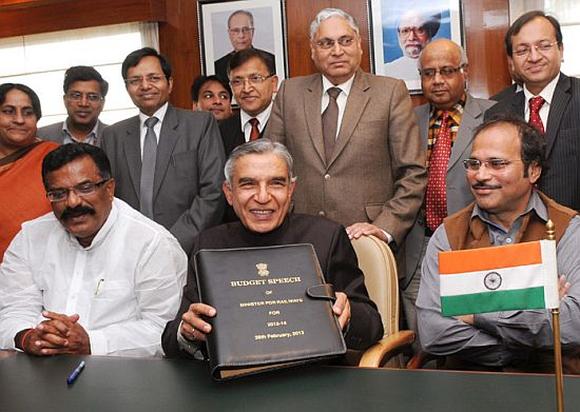
It is characterised by ad hocism, distortions and intolerable cross-subsidies. Passenger fares have been underpriced on a sustained basis, resulting in the pernicious practice of the freight business cross-subsidising the passenger business by a whopping Rs 25,000 crore (Rs 250 billion).
As a result, the Railways has the lowest passenger fares and the highest freight rates. The average freight rate per tonne km is nearly four times the rate per passenger km against a factor of only around one on most world railways.
A situation has risen where freight rates have become extortionist in nature and have driven legitimate rail freight traffic to road and contributed to the decline in market share for totally avoidable reasons.
The structural weakness of the Railway Board's functioning as an apex executive body and a regulatory body needs correction urgently by setting up an independent tariff regulatory authority.
The authority should function as a permanent reviewing body not only for streamlining the tariff structure based on rational economic principles, but also for reviewing the costing and accounting methodologies that are both transparent and based on rational economic principle.
It is true that an independent regulator cannot take away the government's right to price the Railways' various services on larger national considerations.
But it would have to provide a transparent mechanism for an accurate estimate of the public service obligation of the Indian government to compensate the Railways for the services mandated to run below cost.
The author is former member, Traffic of the Railway Board